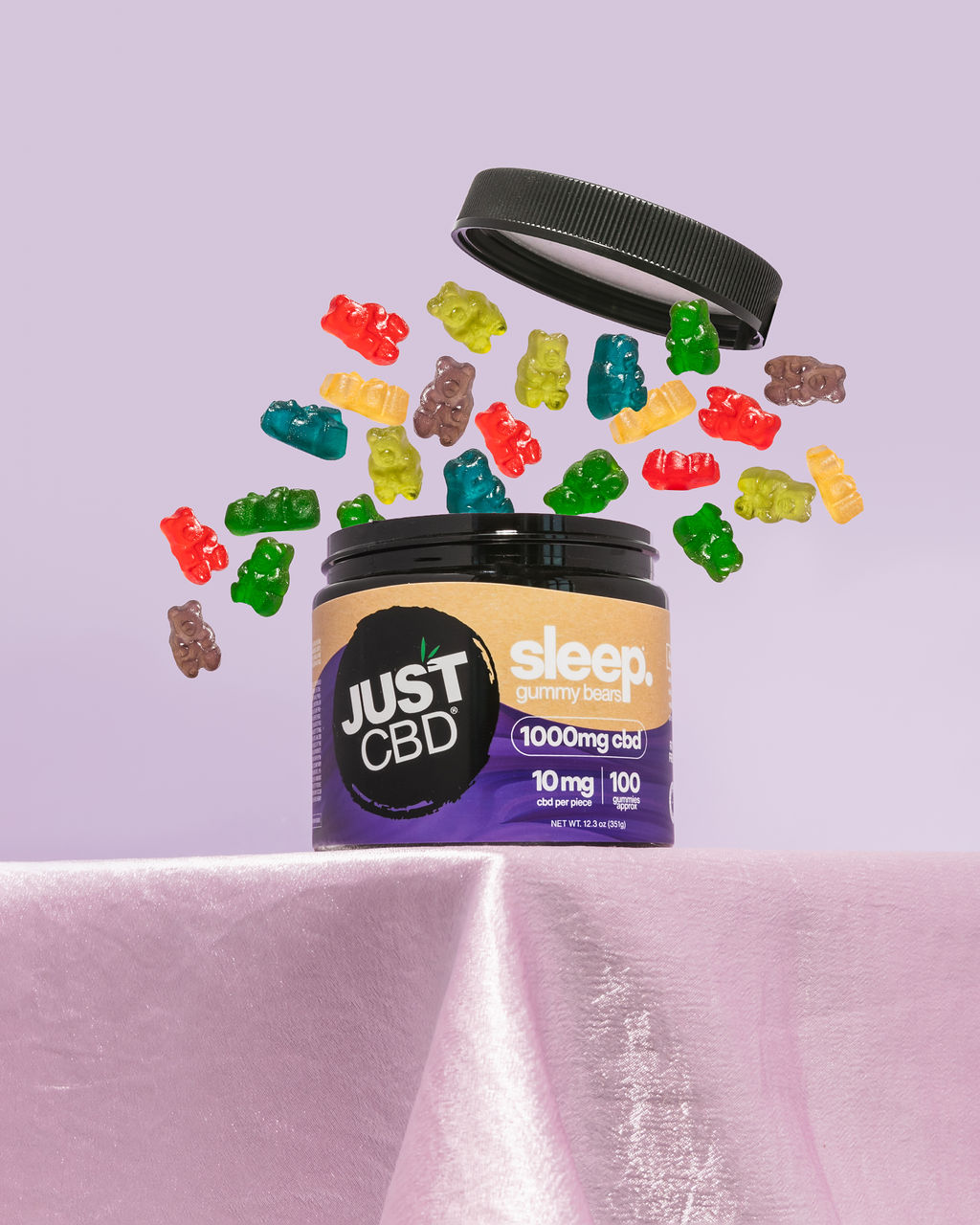Kratom’s Chemical Composition
Kratom, an evergreen tree native to Southeast Asia, has gained recognition for its potential as a natural pain reliever. Its analgesic properties are attributed to a complex mixture of alkaloids, primarily mitragynine and 7-hydroxymitragynine. These compounds interact with opioid receptors in the brain, producing effects similar to opioids such as morphine.
Mitragynine and Other Alkaloids
Kratom powder derives its therapeutic effects from a diverse array of alkaloids, with mitragynine and 7-hydroxymitragynine taking center stage. Mitragynine, the most abundant alkaloid, binds to opioid receptors in the brain, mimicking the actions of traditional painkillers like morphine. 7-hydroxymitragynine, another potent alkaloid present in kratom, also exerts analgesic effects and possesses unique properties that contribute to kratom’s overall pain-relieving qualities.
Beyond mitragynine and 7-hydroxymitragynine, kratom contains a plethora of other alkaloids, each contributing to its complex pharmacological profile. These include compounds such as speciogynine, corynantheine, and paynantheine. While research on the specific roles of these lesser-known alkaloids is ongoing, they are believed to contribute to kratom’s diverse range of effects, including pain relief, mood alteration, and energy enhancement.
Variations in Kratom Strains
Variations in kratom strains arise from geographical location, growing conditions, and processing methods. These variations translate into differences in alkaloid content, leading to diverse effects.
For instance, “white vein” kratom is typically known for its stimulating properties, while “red vein” kratom is often associated with relaxation and pain relief. Green vein kratom is thought to offer a balanced effect, combining elements of both white and red vein strains.
It’s important to note that these are general observations, and individual experiences can vary significantly depending on the specific source and preparation of the kratom.
Mechanism of Action
The mechanism of action behind kratom’s pain-relieving effects lies in its intricate interplay with opioid receptors in the brain.
Opioid Receptor Interaction
Mitragynine, the primary active compound in kratom, binds to opioid receptors mu-opioid receptors (MOR), similarly to morphine. This binding triggers a cascade of events that ultimately reduce pain signals transmitted to the brain.
Kratom’s interaction with delta-opioid receptors (DOR) also contributes to its analgesic effects. Activation of DOR can modulate pain perception and potentially enhance the pain-relieving properties of mitragynine’s action on MOR.
Beyond opioid receptors, kratom alkaloids may also exert analgesic effects by influencing other neurotransmitter systems, such as the serotonin and norepinephrine pathways.
Other Neurotransmitter Influences
Kratom’s pain-relieving properties are primarily attributed to its interaction with opioid receptors in the brain. Mitragynine, the most abundant alkaloid, binds to mu-opioid receptors (MOR) like morphine, reducing pain signals transmitted to the brain.
Additionally, kratom also interacts with delta-opioid receptors (DOR), which can further modulate pain perception and enhance the analgesic effects of mitragynine.

Apart from its opioid receptor activity, kratom may exert pain relief through its influence on other neurotransmitter systems. It’s believed that kratom alkaloids can affect serotonin and norepinephrine pathways, potentially contributing to its overall analgesic effects.
Pain Management Applications
Kratom, a Southeast Asian evergreen tree, has emerged as a potential natural pain reliever. Its analgesic properties stem from a complex array of alkaloids, primarily mitragynine and 7-hydroxymitragynine, which interact with opioid receptors in the brain, producing effects similar to traditional painkillers.
Chronic Pain Conditions
Kratom powder derives its therapeutic effects from a diverse array of alkaloids, with mitragynine and 7-hydroxymitragynine taking center stage. Mitragynine, the most abundant alkaloid, binds to opioid receptors in the brain, mimicking the actions of traditional painkillers like morphine. 7-hydroxymitragynine, another potent alkaloid present in kratom, also exerts analgesic effects and possesses unique properties that contribute to kratom’s overall pain-relieving qualities.
Beyond mitragynine and 7-hydroxymitragynine, kratom contains a plethora of other alkaloids, each contributing to its complex pharmacological profile. These include compounds such as speciogynine, corynantheine, and paynantheine. While research on the specific roles of these lesser-known alkaloids is ongoing, they are believed to contribute to kratom’s diverse range of effects, including pain relief, mood alteration, and energy enhancement.
Variations in kratom strains arise from geographical location, growing conditions, and processing methods. These variations translate into differences in alkaloid content, leading to diverse effects. For instance, “white vein” kratom is typically known for its stimulating properties, while “red vein” kratom is often associated with relaxation and pain relief. Green vein kratom is thought to offer a balanced effect, combining elements of both white and red vein strains.
It’s important to note that these are general observations, and individual experiences can vary significantly depending on the specific source and preparation of the kratom.
The mechanism of action behind kratom’s pain-relieving effects lies in its intricate interplay with opioid receptors in the brain. Mitragynine, the primary active compound in kratom, binds to opioid receptors mu-opioid receptors (MOR), similarly to morphine. This binding triggers a cascade of events that ultimately reduce pain signals transmitted to the brain.
Kratom’s interaction with delta-opioid receptors (DOR) also contributes to its analgesic effects. Activation of DOR can modulate pain perception and potentially enhance the pain-relieving properties of mitragynine’s action on MOR.
Beyond opioid receptors, kratom alkaloids may also exert analgesic effects by influencing other neurotransmitter systems, such as the serotonin and norepinephrine pathways.
Acute Pain Relief
Kratom powder derives its therapeutic effects from a diverse array of alkaloids, with mitragynine and 7-hydroxymitragynine taking center stage. Mitragynine, the most abundant alkaloid, binds to opioid receptors in the brain, mimicking the actions of traditional painkillers like morphine. 7-hydroxymitragynine, another potent alkaloid present in kratom, also exerts analgesic effects and possesses unique properties that contribute to kratom’s overall pain-relieving qualities.
Beyond mitragynine and 7-hydroxymitragynine, kratom contains a plethora of other alkaloids, each contributing to its complex pharmacological profile. These include compounds such as speciogynine, corynantheine, and paynantheine. While research on the specific roles of these lesser-known alkaloids is ongoing, they are believed to contribute to kratom’s diverse range of effects, including pain relief, mood alteration, and energy enhancement.
The mechanism of action behind kratom’s pain-relieving effects lies in its intricate interplay with opioid receptors in the brain. Mitragynine, the primary active compound in kratom, binds to mu-opioid receptors (MOR), similarly to morphine. This binding triggers a cascade of events that ultimately reduce pain signals transmitted to the brain.
Kratom’s interaction with delta-opioid receptors (DOR) also contributes to its analgesic effects. Activation of DOR can modulate pain perception and potentially enhance the pain-relieving properties of mitragynine’s action on MOR.
Potential Benefits
The potential benefits of kratom extend beyond pain management, encompassing a range of potential therapeutic applications. These include possibilities for treating anxiety, depression, chronic fatigue syndrome, opiate withdrawal symptoms, and even certain neurological conditions.
Analgesic Effects

Kratom’s analgesic effects stem primarily from its interaction with opioid receptors in the brain. Mitragynine, the most abundant alkaloid, binds to mu-opioid receptors (MOR) much like morphine, reducing pain signals sent to the brain.
Additionally, kratom also interacts with delta-opioid receptors (DOR), which can further modulate pain perception and potentially enhance the pain-relieving effects of mitragynine’s action on MOR.
Beyond its opioid receptor activity, kratom may exert pain relief through influences on other neurotransmitter systems like serotonin and norepinephrine pathways.
Anti-inflammatory Properties
Kratom is gaining recognition for its potential anti-inflammatory properties. Some research suggests that certain alkaloids found in kratom may possess anti-inflammatory effects by modulating the activity of inflammatory mediators in the body.
Inflammation is a complex biological process involved in the body’s response to injury or infection. It can also play a role in chronic diseases such as arthritis, cardiovascular disease, and certain types of cancer.
Kratom alkaloids may target specific pathways involved in inflammation, potentially reducing pain, swelling, and other symptoms associated with inflammatory conditions.
Mood Elevation and Anxiety Reduction
Potential benefits of kratom extend beyond pain management to include mood elevation and anxiety reduction.
- One proposed mechanism is through its interaction with serotonin receptors, which are involved in regulating mood, happiness, and feelings of well-being.
- Kratom may also affect the release of dopamine, a neurotransmitter associated with pleasure and reward, contributing to feelings of euphoria and motivation.
- By modulating neurotransmitter systems implicated in anxiety, such as the GABA system, kratom might offer anxiolytic effects, helping to alleviate feelings of worry and tension.
Risks and Side Effects
While kratom shows promise as a natural pain management tool, it’s crucial to be aware of potential risks and side effects. Like any substance that interacts with the body’s systems, kratom can have adverse effects, ranging from mild discomfort to serious complications.
Tolerance and Dependence
Kratom, while potentially beneficial for pain management, carries risks and side effects that need careful consideration.
Tolerance can develop with prolonged kratom use, meaning higher doses may be needed to achieve the desired effects. This increased dependence on the substance highlights the importance of responsible and moderate usage.
Withdrawal symptoms can occur when kratom use is abruptly stopped. These symptoms can include anxiety, irritability, insomnia, muscle aches, and nausea, often mimicking those associated with opioid withdrawal.
Potential side effects of kratom use range from mild to severe and can vary depending on dosage, individual sensitivity, and the specific strain consumed.
Some common side effects include:
- Nausea and vomiting
- Constipation
- Drowsiness or dizziness
- Dry mouth
- Headache
- Increased heart rate
In some cases, kratom use has been linked to more serious health concerns, including liver damage, psychosis, and even death. It is crucial to consult with a healthcare professional before using kratom, especially if you have pre-existing medical conditions or are taking other medications.
Gastrointestinal Issues
Kratom’s potential for gastrointestinal issues is a significant concern. Some users report experiencing nausea, vomiting, constipation, and diarrhea after consuming kratom. These effects are believed to be related to kratom alkaloids interacting with the digestive system.

The severity of these gastrointestinal symptoms can vary depending on factors such as dosage, individual sensitivity, preparation method of the kratom, and the specific strain used.
Cardiovascular Effects
Kratom’s potential impact on cardiovascular health is an area of ongoing research and concern. While some studies suggest possible benefits for blood pressure regulation, there are also indications that kratom use could pose risks to the cardiovascular system.
One potential concern is kratom’s ability to increase heart rate and blood pressure. This effect may be attributed to its interaction with opioid receptors, which can stimulate the sympathetic nervous system, leading to physiological changes such as increased heart activity.
Another worry is the possibility of kratom use contributing to irregular heart rhythms (arrhythmias). Though research is limited in this area, some case reports have linked kratom consumption to cardiac arrhythmias.
Given these potential cardiovascular effects, it’s essential for individuals with pre-existing heart conditions or concerns to exercise extreme caution when considering kratom use. Consultation with a healthcare professional is crucial to assess potential risks and benefits in such cases.
Legal Status and Regulation
The legal status of kratom varies widely around the world. Some countries have outright banned it, while others permit its sale and use with certain restrictions. In the United States, kratom’s legal standing is a complex patchwork of federal, state, and local laws.
Varying Legality Across Countries
Kratom’s legal status varies significantly across different countries and jurisdictions. While it is legal in some areas and used for traditional medicinal purposes, it faces restrictions or outright bans in others.
In the United States, kratom’s legal status is a complex patchwork. While not explicitly scheduled as a controlled substance at the federal level, several states have implemented their own bans or restrictions on kratom sales and possession.
The regulatory landscape surrounding kratom is constantly evolving, with ongoing debates about its safety, potential benefits, and risks. Research into kratom’s effects continues to expand, and government agencies around the world are grappling with how best to regulate this increasingly popular substance.
Regulatory Efforts and Concerns
Kratom’s legal status is a complex and evolving issue worldwide. In some countries, it is entirely banned, while in others, it is legal but subject to regulation or restrictions.
Within the United States, kratom’s legal standing varies significantly from state to state. Some states have outright banned kratom, while others allow its sale and use with certain regulations, such as age restrictions or limitations on potency.
At the federal level in the US, kratom is not currently classified as a controlled substance. However, there are ongoing efforts by some government agencies to regulate it more strictly, citing concerns about potential health risks and its possible misuse.
The regulatory landscape surrounding kratom is dynamic, with ongoing discussions and debates regarding its safety, potential benefits, and the need for comprehensive regulation to balance potential harm with potential therapeutic applications.
Buy Kratom Powder for energy and focus
- Sculptra Surrey – Collagen Stimulation Therapy Near Merton, Surrey - November 3, 2025
- Retinol Peel Near Ockham, Surrey - October 30, 2025
- Retinol Peel Near Byfleet, Surrey - October 28, 2025
